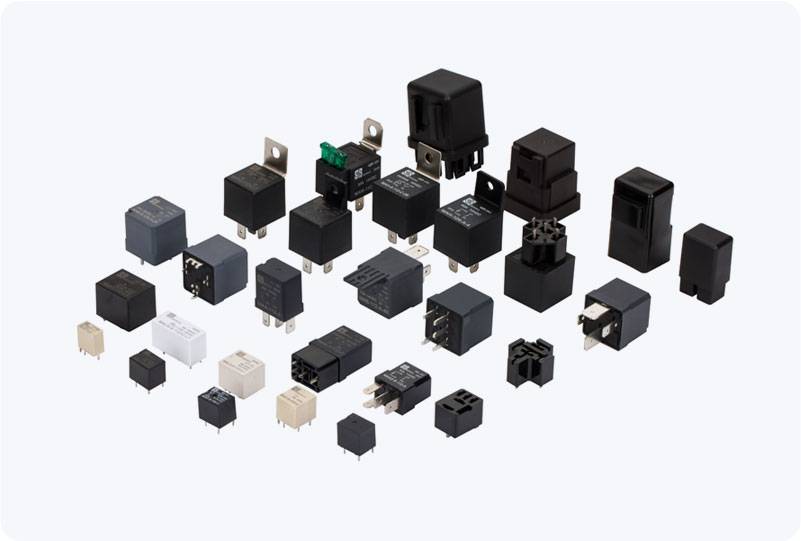igbt-based hv relay: revolutionizing high-voltage switching technology
Release time:2025-06-07 01:35:47
In the world of high-voltage (HV) systems, particularly in power distribution and industrial applications, reliable and efficient switching mechanisms are critical. Traditional relays used in HV circuits often suffer from limitations in terms of speed, durability, and the ability to handle the high power and voltage associated with such systems. Enter the IGBT-Based HV relay, a technological advancement that significantly improves the efficiency and reliability of high-voltage switching operations. This article explores the working principles, advantages, and applications of IGBT-based HV relays in modern electrical systems.

Understanding IGBT-Based HV Relays
An Insulated Gate Bipolar Transistor (IGBT) is a semiconductor device that combines the characteristics of both MOSFETs (Metal-Oxide-Semiconductor Field-Effect Transistors) and BJTs (Bipolar Junction Transistors). This combination provides the benefits of high input impedance, fast switching, and the ability to handle high currents. IGBTs are widely used in power electronics and have proven particularly effective in systems where high power and high voltage need to be controlled efficiently.
In an IGBT-based HV relay, the IGBT transistor is used as the core switching element. When a control signal is applied to the gate of the IGBT, it allows current to flow between the collector and emitter, effectively closing the relay. Conversely, when the signal is removed, the IGBT switches off, opening the relay and stopping the current flow. This ability to quickly and reliably open and close high-voltage circuits makes IGBT-based HV relays ideal for modern electrical systems that require rapid switching and robust performance under extreme conditions.

